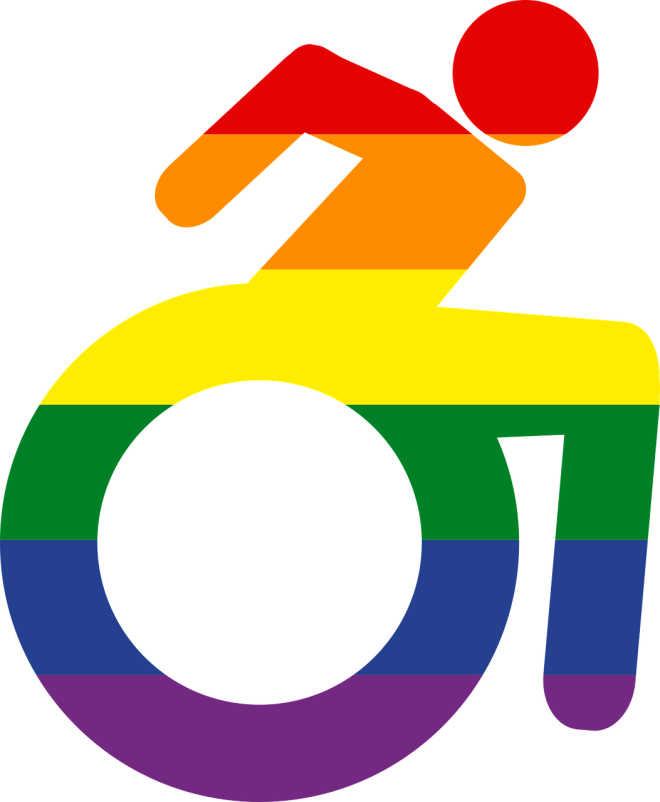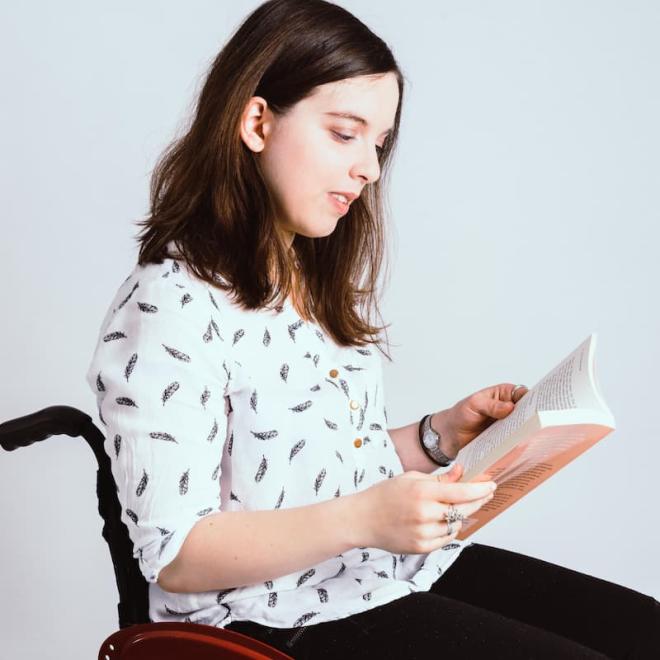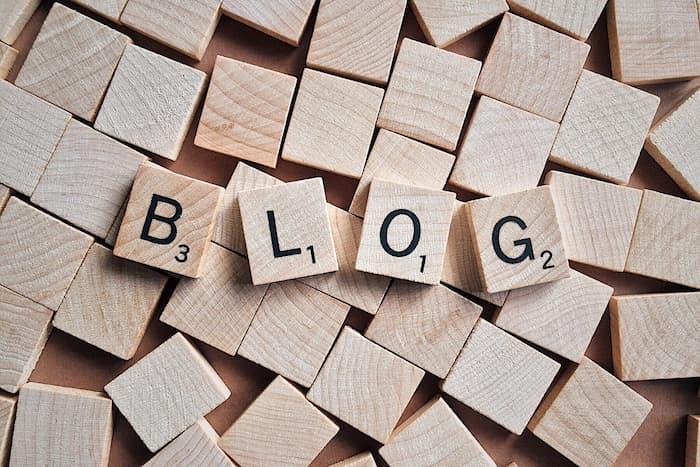
What is disability pride?
It’s pride month! Some of you may be looking at the screen and thinking, “um, no. Lauren, pride was in June.”
And you’d be right, LGBTQIA+ pride was last month. However, did you know that since 1990 July has been disability pride month? It was created in response to the passing of disability rights in the U.S. It took some time to gain traction, but since 2015 the UK has recognised July as disability pride month too.
I’ll be the first to admit, I used to, and still do struggle with my disability. Sometimes it’s so overwhelming when my body can’t function the way I want it to. It’s like I’m up against a brick wall and I don’t have the tools to break it down.
But at the same time, I’m proud of who I am. I always have been. I always will be. It’s why I write. It’s why I’m a disability activist. I’ve had experiences and met people others can only dream of.
I think there’s this false narrative that acceptance is a linear process. It might be for a lucky few, but it’s definitely not my experience.
That’s why I got so excited when I learnt about disability pride.
Just like LGBTQIA+ pride, disability pride month is there to inspire hope, connection, and acceptance; it’s a space which allows a person with a disability to say, “I’m here. I’m valid.” It also helps build a community. It helps us to find other like-minded people with similar experiences.
The disability pride flag
Did you know that disability pride even has its own flag! It was created by a woman called Ann Magill. She created the flag in response to attending a disability pride event, which was held in a basement. Ann wanted to raise awareness and be bold, which led to the creation of the flag below. Now, the flag itself has been through some changes. The one featured here was unveiled in October of 2021.

Image credit: Ann Magill
What the colours represent:
- Red: Physical disabilities
- Gold: Neurodiversities
- White: Invisible and undiagnosed disabilities
- Blue: Emotional and psychiatric disabilities
- Green: Sensory disabilities
- Black: For those we have lost in their disability journey
The stripes of the flag represent intercommunal disability. The old flag featured the same colours but in a zig-zag pattern. However, this was changed as the pattern didn’t read well on screens. It caused flickering which triggered nausea and even seizers and Ann didn’t want to exclude anyone.
Now the straight, diagonal lines represent the community’s ability to cut through barriers. It also represents light cutting through the darkness. Ann also says the diagonal formation of the stripes is to contrast the vertical walls and ceilings that can cause isolation.
What makes you proud?
Now we know a little bit more about disability pride, I thought it’d be fun to talk about some things that I’m proud of about me.
I’m proud of how far I’ve come
The doctors were convinced I’d never walk, or have much quality of life. Jokes on them because I have a mean stubborn streak. I’m lucky enough to live independently and have a job I enjoy and a group of friends and family I know would support me through anything. Baby me would be astonished.
I’m proud that I stand up for myself (and others)
Having a disability can be really taxing. It’s why I’m always open about my experience. That naturally led to me pursuing an advocate role. As best I can, I make sure mine and other’s stories are told through my writing. I’ll always fight to create more space for my fellow community members.
I treat myself with kindness
This. This is the one I struggle with most on a daily basis. Especially when I’m having a flare up. It doesn’t always work, but I try my hardest. I aim to give myself the grace, dignity and compassion I’d give anyone else in the community.
So, what about you? How are you going to celebrate disability pride? What are you most proud of in your disability journey?
Read next
Read our recent blog about disability rights in the UK.
Read our recent blog about support for disabled families in Cornwall.
Read our recent blog about dealing with 'bad days'.

About the Author
I'm Lauren. I'm a member of Active8 and a professional writer. I hope to use my first-hand experience with disability to empower others and spread awareness. You can follow my work on my website.
The small print made big
The Active8 blog is designed as a platform for our members and the disabled community to share their personal experiences and discussions which they are passionate about. Any views and opinions expressed are those of the writer and do not necessarily reflect the views of our charity.
To the best of our knowledge, the information in blog posts was accurate at the time of publication. Please contact the Active8 manager if you believe any content is incorrect or if you consider any content to be offensive or inappropriate: [email protected]
Where information in blogs has been taken from third party sources, every attempt has been made to give appropriate credit.
From time to time, writers may receive sponsorship, cash payment, free products, services and/or other forms of compensation from companies and organisations that they promote. Active8 will accept no form of payment for blog content or advertising.
Unless otherwise stated, our blogs (and any links they may contain) are not written or reviewed by medical professionals and do not provide health/lifestyle advice. They are not suitable for medical advice, diagnosis, or treatment. Any suggestions these blogs contain are based on the writer’s personal experience. Should you have any concerns about your health (including mental health) then we advise you should speak with your GP or consultant, in the first instance, or call 999 in an emergency.







